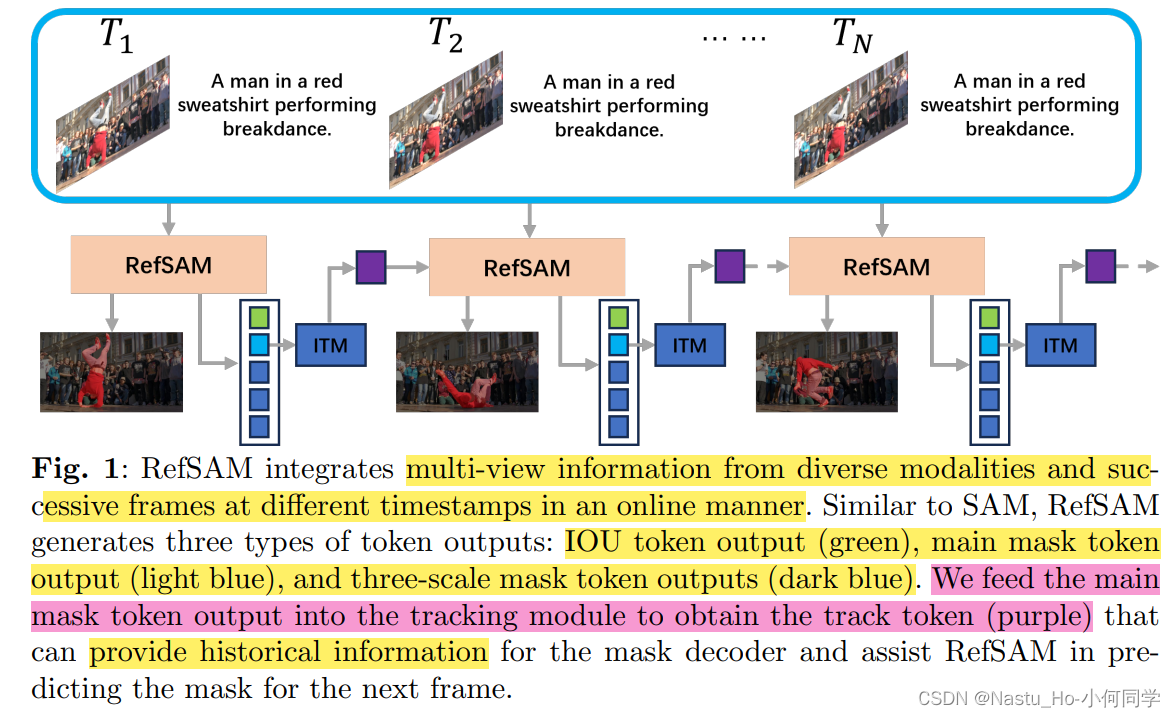论文链接:https://arxiv.org/pdf/2307.00997.pdf
论文代码:https://github.com/LancasterLi/RefSAM



特点:track token挺有意思,感觉可以用在一般语义分割用来迭代优化分割结果。
【SAM系列】RefSAM: Efficiently Adapting Segmenting Anything Model for Referring Video Object Segmentatio
最新推荐文章于 2024-04-26 21:57:13 发布





















 1万+
1万+











 被折叠的 条评论
为什么被折叠?
被折叠的 条评论
为什么被折叠?








